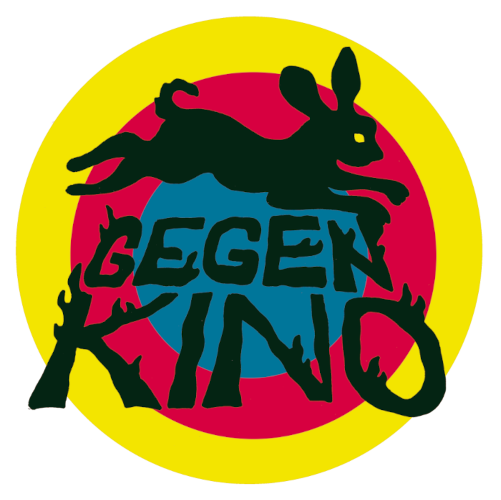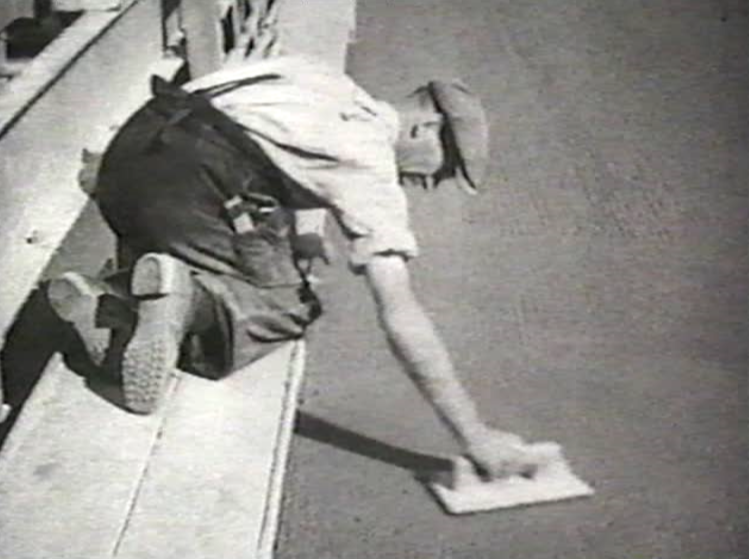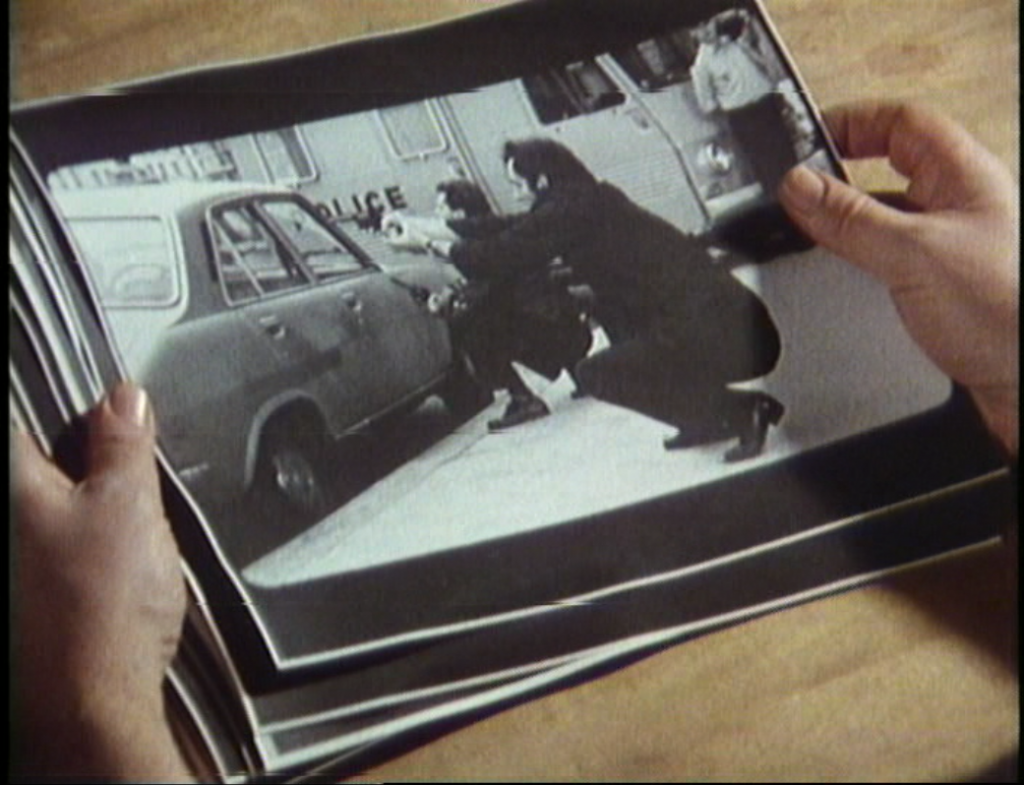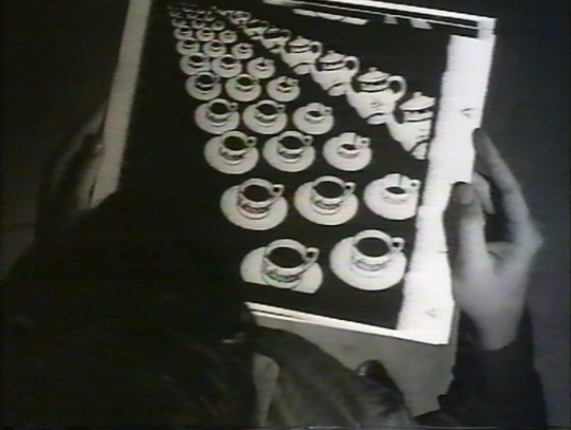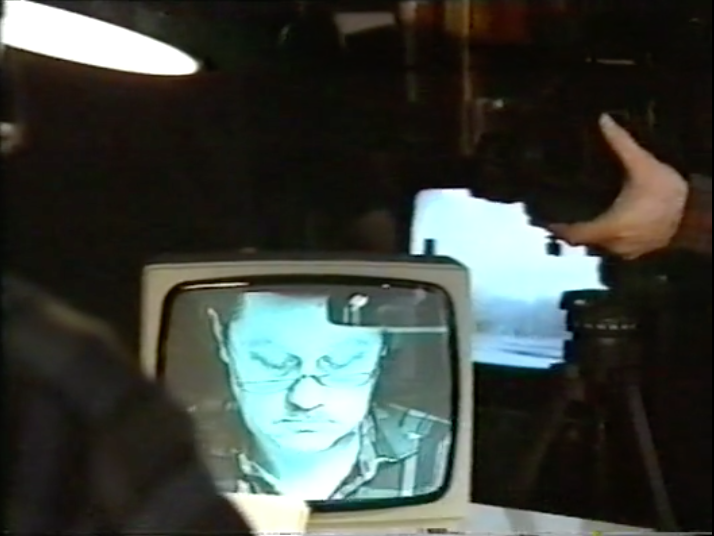Working on the image | Insights into the work of Hartmut Bitomsky
“Every film, as well as every photograph, is an imprint of light (therefore photos and graphein) of what was located in front of the lens at the moment of light’s intake onto the camera’s negative material. At the same time, they picture the gaze on it: the manner of perceiving what was located in front of the camera. The shots derive from the visible things, and they derive from images that render things visible.These are two different things.“ – from: Verlorene Form, 2008
Hartmut Bitomsky (*1942 in Bremen) has realised a wide variety of mostly essayistic documentary films over the course of more than forty years. From 1972 to 1984, he was a member of distinguished film magazine Filmkritik’s editorial team and cooperative. He published several theoretical works on film, such as “Die Röte des Rots des Technicolor” (1972) and “Kinowahrheit“ (2003), and lectured at the School of Film and Video at California Institutes of the Arts. Ultimately, he was head of Berlin film academy dffb from 2006 to 2009. Still, he remains scarcely known to a broader audience.
Following the early works from his film studies, where Brecht’s sense of didactic play and Marxian theory are influences, the documentary contributions of the 70s primarily reflect on film-historical and film-aesthetic topics, covering for example early cinema or the work of John Ford. Simultaneously, he writes first texts for Filmkritik. From this point on, written text and filmed material are mutually dependent and become a meaningful complex over the next decades.
In our insight, we focus on Bitomsky’s films of the1980s, which were partly co-produced by the WDR (West German Broadcasting Corporation). They are exemplary for Bitomsky’s critically analytical reflections on images deriving from wide-spread sources of (cinematic) history. Documentary form and feature film are equally intriguing to him, as both dramatise and guide their subject matters. Key issue of the skeptical dialogue with them is the placing of things inside the frame and the viewpoints and ideas constituted by that, moreover whether these image production come closer towards the truth or rather conceal it. “I believe a documentary should not expose reality, it must articulate reality, structure it.” This reflection paradigmatically signifies a method which, by arranging found material, surveys and remeasures the visible, at times making things visible, yet without ignoring the material’s intrinsic aesthetic value. New slants are indicated by montage and a trenchant, frequently soberly laconic, voice-over.
The first day of the show is dedicated to essayistic compilations of archive films, screening DEUTSCHLANDBILDER (FRG 1984) and REICHSAUTOBAHN (FRG 1986). National Socialist aesthetic, particularly in the genre of documentary „cultural film“, has to undergo a form of pictorial clarification. Combining these two film illustrates how Bitomsky’s work is shaped by reflections and cross referencies. Film scholar and cultural film expert Ramón Reichert will give an introduction, in which he will pursue Bitomsky’s method of processing archival footage artistically and relate it to other approaches of this kind.
The following theme day compiles two works, DAS KINO UND DER WIND UND DIE PHOTOGRAPHIE (GER 1991) and DAS KINO UND DER TOD (FRG 1988), which primarily revolve around the reflexion on film- and cinematic history and doing so, deal with narrative and medial peculiarities, such as the relations between feature film and the death motif and between documentary film and reality. Simultaneously, they showcase Bitomsky’s process of working and thinking by having him stage himself engaged in dialogue with the works he is referring to. Frederik Lang, film scholar and freelance author, will talk about the context of Filmkritik and Bitomsky’s film critique and film analysis using cinematography. A screening of Filmkritik’s joint project BRESSON’S “L’ARGENT” (FRG 1983) completes the evening.
| Mon, 15.4 UT Connewitz | |
| 7 PM | Introduction by Ramón Reichert Deutschlandbilder BRD 1982/83, D: Hartmut Bitomsky, Heiner Mühlenbrock, Dok, 60’, dOV, 35mm |
| 9 PM | Reichsautobahn BRD 1984-86, D: Hartmut Bitomsky, Dok, 91’, OmeU, 35mm |
| Wed, 17.4 Luru Kino | |
| 18 Uhr | Ludwig Harig | A Flower Piece Composition: Wolfgang Wölfer • Director: Hans Bernd Müller • with Günther Sauer, Joachim Nottke, Charles Wirths • Ensemble: Zürcher Kammersprechchor and the Kinderfunkensemble Christa Frischkorn • Produktion: SR/HR/SDR/SWF 1968 • 53’ |
| 7 PM | Introduction by Frederik Lang Bresson’s “L’Argent” BRD 1983, D: Hartmut Bitomsky, Manfred Blank, Harun Farocki, 30’, dOV, File Cinema and Death BRD 1988, D: Hartmut Bitomsky, 46’, dOV, Betacam SP |
| 9 PM | Cinema and wind and Photography D 1991, D: Hartmut Bitomsky, 56’, dOV, DigiBeta Spare Time UK 1939, D: Humphrey Jennings, 15’, englische OV, 16mm |
